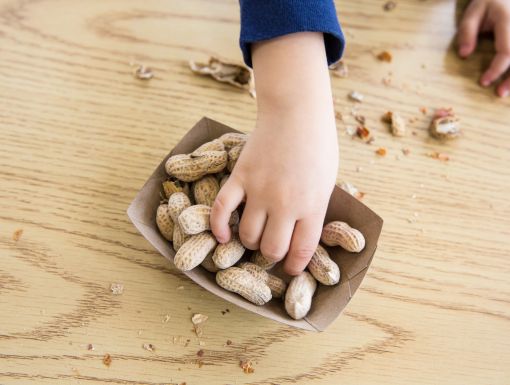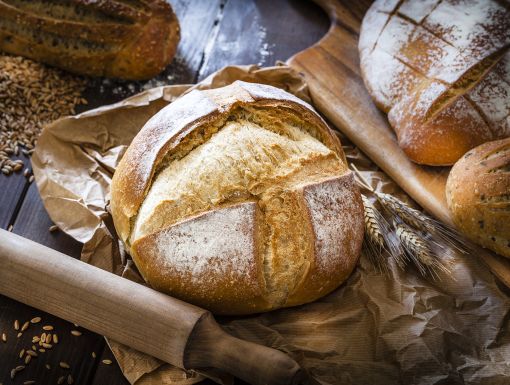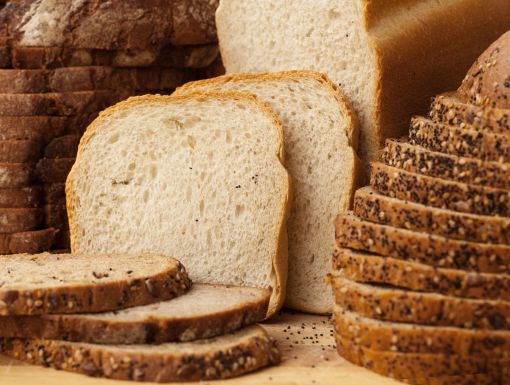
The Health Benefits of Nuts and Seeds: A Complete Guide
Almonds are on nearly every superfood list, and for good reason. But the almond’s all-star status can cause us to second-guess our decision to reach for other nuts like cashews, pistachios, or the humble peanut. But the reality is that just about every type of nut and seed has at least one key standout benefit, so it pays to mix and match.
Read on for a list of things to keep in mind when buying nuts and seeds, as well as a list of each type’s key nutrients and most notable health benefits.
Roasted or raw?
Roasting nuts (with or without oil) doesn’t affect calories or saturated fat, though high roasting temperatures can decrease the enzyme content.
Plain, salty or sweet?
Plain is best. Most nuts have close to zero sodium and sugar. But don’t feel bad if you prefer the flavored varieties. A one-ounce serving (about a handful) of salted or savory-seasoned nuts typically has 85 to 250 milligrams of sodium, and a serving of honey-roasted nuts has just about four grams of added sugar (the equivalent of a teaspoon of sugar).
To schedule a nutrition consult, whether virtually or in-person, contact us at nutrition@ochsner.org or call us at 985-898-7050.
Is there such thing as too many nuts?
Nutritious as they may be, nuts are also calorie-dense, meaning they pack a lot of calories into a little space. That one-ounce serving can equate to as many as 200 calories and 20 grams of fat. Do keep in mind, though, this fat is considered “good fat,” so it’s not a concern if you’re not closely watching your caloric intake. If you’re trying to keep things in check, however, it can pay to be mindful of portion sizes.
The standout nutrients and health benefits of popular types of nuts and seeds
Number per 1 ounce |
Calories |
Total fat (grams) |
Saturated fat (grams) |
Fiber (grams) |
Standout nutrient |
|
Hazelnuts |
21 |
178 |
17 |
1.3 |
2.7 |
Lowest in saturated fat; highest in proanthocyanidin, a key component of red wine linked to heart health |
Almonds |
23 |
163 |
14 |
1 |
3.4 |
Highest in fiber and iron (8% of the daily value); nearly 50% of the daily value for vitamin E |
Pecans |
20 halves |
196 |
20.5 |
1.8 |
2.7 |
Highest total antioxidant content of any nut |
Sunflower seeds |
2 tbsp |
164 |
14 |
1 |
2 |
Highest in vitamin E with more than 50% of the daily value |
Walnuts |
14 halves |
185 |
18.5 |
1.7 |
1.9 |
Provide the most omega-3 fatty acids (though it’s primarily from ALA, not the more beneficial DHA and EPA) |
Pistachios |
49 |
162 |
13 |
1.6 |
2.9 |
Highest in potassium (as much as in a small banana) |
Peanuts |
22 |
161 |
14 |
1.9 |
2.4 |
Technically the peanut is a legume, not a nut. It’s a good source of cardio-protective folate and niacin. |
Soy nuts |
¼ cup |
126 |
6 |
1 |
2 |
The soy nut (also a legume, despite the name) is lowest in calories and highest in protein, with 11 grams per ounce |
Macadamias |
10-12 |
204 |
21.5 |
3.4 |
2.3 |
Highest in heart-healthy monounsaturated fat |
Cashews |
18 |
163 |
13 |
2.6 |
0.9 |
Good source of vitamin K, essential for proper blood clotting and bone health |
Pumpkin seeds |
2 tbsp |
146 |
12 |
2 |
1 |
Good source of zinc, with 14% of the daily value |
Brazil nuts |
6-8 |
186 |
19 |
4.3 |
2.1 |
One Brazil nut provides a day’s worth of the antioxidant selenium |
Editor's note: A version of this article originally appeared on the "FUELED Wellness with Molly" segment on WGNO.



